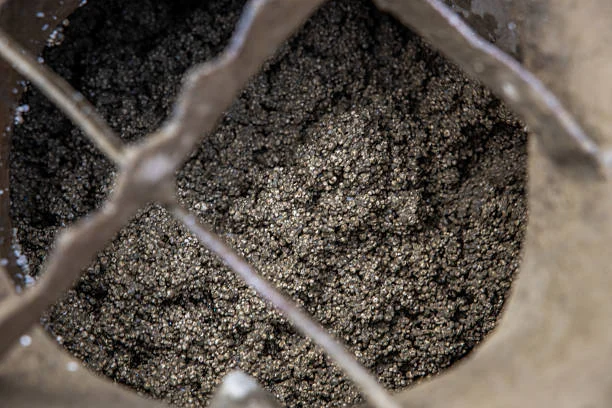
Introduction
Platinum - group metals (PGMs), including platinum (Pt), palladium (Pd), and rhodium (Rh), are of great significance in various industries. In the automotive industry, they play a crucial role in catalytic converters, which are essential for reducing harmful emissions from vehicle exhausts. However, PGMs are scarce and unevenly distributed in nature, and their extraction from primary ores is often complex and costly. As a result, the recovery of PGMs from secondary sources, such as used Automobile catalysts, has gained increasing attention. High - temperature cyanide leaching is emerging as a potential technique for this purpose.
The Role of PGMs in Automobile Catalysts
Automobile catalytic converters are designed to convert toxic pollutants in exhaust gases, such as carbon monoxide (CO), hydrocarbons (HC), and nitrogen oxides (NOx), into less harmful substances like carbon dioxide (CO₂), nitrogen (N₂), and water (H₂O). PGMs are the key active components in these converters. For example, Pt and Pd are effective for oxidizing CO and HC, while Rh is mainly used for reducing NOx. The demand for PGMs in the automotive industry is substantial. In 1990. 1.3 million ounces of platinum, 230.000 ounces of palladium, and 330.000 ounces of rhodium were used in the manufacture of automobile catalysts. Considering the continuous growth of the automotive industry over the years, the cumulative amount of PGMs in used catalysts is extremely large, making them a valuable secondary resource.
Principles of High - Temperature Cyanide Leaching
Cyanide Complexation
Cyanide leaching has been widely used in the mining industry, especially for gold extraction. The principle lies in the ability of cyanide ions (CN⁻) to form stable complexes with certain metals. In the case of PGMs, under high - temperature and appropriate alkaline conditions, CN⁻ can react with Pt, Pd, and Rh to form soluble cyanide complexes. This complexation reaction allows the PGMs to be dissolved from the solid matrix of the catalyst into the solution, facilitating subsequent separation and recovery processes.
High - Temperature Enhancement
High - temperature conditions play a vital role in promoting the leaching process. Increasing the temperature accelerates the reaction kinetics. At higher temperatures, the diffusion rate of cyanide ions to the surface of the PGM particles increases, and the chemical reactions occur more rapidly. For example, studies have shown that in the high - temperature cyanide leaching of PGMs from automobile catalysts, raising the temperature from 100 °C to 150 °C can significantly increase the leaching efficiency of Pd and Pt. However, it should be noted that extremely high temperatures may also bring some challenges, such as increased energy consumption and potential side reactions.
Process of High - Temperature Cyanide Leaching for Automobile Catalysts
Pretreatment of Catalysts
Before the high - temperature cyanide leaching process, the used automobile catalysts usually need to be pretreated. This step is crucial to improve the leaching efficiency. First, the catalysts are physically crushed and ground to reduce the particle size, which increases the specific surface area and exposes more PGMs for reaction. Then, they may be subjected to thermal treatment, such as roasting, to remove carbon and other impurities on the surface of the catalyst, making the PGMs more accessible to the cyanide solution.
Leaching Operation
In the leaching stage, the pretreated catalysts are placed in a reaction vessel with a cyanide - containing solution, usually Sodium Cyanide (NaCN). The reaction vessel is then heated to the appropriate high - temperature, typically in the range of 120 - 180 °C, and the pressure is adjusted according to the requirements. Oxygen or an oxidizing agent is often introduced to promote the oxidation of PGMs and enhance the complexation reaction. The leaching time varies depending on the composition of the catalyst and the reaction conditions, generally ranging from several hours to over ten hours.
Separation and Recovery of PGMs
After the leaching process, the solution contains the dissolved PGM - cyanide complexes. To recover the PGMs, various separation methods can be employed. One common approach is solvent extraction, where a suitable organic extractant is used to selectively extract the PGMs from the cyanide leach liquor. For example, certain ionic liquids have shown good selectivity for separating Pt and Pd from the leach liquor. Another method is precipitation. By adjusting the pH value of the solution or adding specific precipitating agents, the PGMs can be precipitated out of the solution in the form of metal salts or complexes, which can then be further refined to obtain pure PGMs.
Advantages of High - Temperature Cyanide Leaching
High Recovery Efficiency
Compared with some traditional methods for recovering PGMs from automobile catalysts, high - temperature cyanide leaching can achieve relatively high recovery rates. Studies have demonstrated that under optimized conditions, the leaching rates of Pt, Pd, and Rh can reach over 90%, and in some cases, even close to 100%. For example, in a research on high - temperature cyanide leaching of PGMs from exhausted autocatalytic converters, the autoclave leaching at 150 °C, with an oxygen partial pressure of 200 psi and a time of 120 min, yielded > 90% PGMs’ dissolution.
Selectivity
Cyanide has a certain degree of selectivity in complexing with PGMs. Under proper conditions, it can preferentially react with Pt, Pd, and Rh while having less interaction with many other elements in the catalyst matrix, such as the ceramic components and some base metals. This selectivity simplifies the subsequent separation process and helps to obtain PGMs with higher purity.
Challenges and Solutions
Toxicity of Cyanide
The use of cyanide in the leaching process is associated with significant environmental and safety concerns due to its high toxicity. Cyanide can be harmful to human health and the environment if not properly managed. To address this issue, strict safety measures are implemented in the industrial process. For example, closed - loop systems are designed to minimize the release of cyanide into the environment. Additionally, the treatment of cyanide - containing wastewater is crucial. Advanced wastewater treatment technologies, such as chemical oxidation and biological treatment, can be used to decompose cyanide into less harmful substances before discharging the wastewater.
High Energy Consumption
The high - temperature requirement of the process leads to relatively high energy consumption. To mitigate this problem, efforts are being made to optimize the reaction conditions. For instance, through precise control of temperature, pressure, and reaction time, the energy input can be reduced while maintaining high leaching efficiency. Moreover, the development of more energy - efficient heating equipment and the utilization of waste heat recovery systems can also help to improve the energy efficiency of the high - temperature cyanide leaching process.
Conclusion
High - temperature cyanide leaching shows great potential for recovering Precious metals, especially PGMs, from automobile catalysts. It offers high recovery efficiency and selectivity, which are crucial for the economic and efficient recycling of these valuable resources. Although challenges such as the toxicity of cyanide and high energy consumption exist, continuous research and technological innovation are being carried out to address these issues. With the increasing demand for PGMs and the growing emphasis on resource recycling and environmental protection, high - temperature cyanide leaching is expected to play an increasingly important role in the future of the recycling industry for automobile catalysts.
- Random Content
- Hot content
- Hot review content
- Ammonium Nitrate Porous Prills
- 99.5% min Ammonium Chloride For Industrial Use
- Ferrous Sulfate Industrial Grade 90%
- lithium Carbonates 99.5% Battery Level or 99.2% Industry grade 99%
- Food grade Antioxidant T501 Antioxidant 264 Antioxidant BHT 99.5%
- Sodium alpha olefin sulfonate (AOS)
- Caprylic/capric triglyceride
- 1Discounted Sodium Cyanide (CAS: 143-33-9) for Mining - High Quality & Competitive Pricing
- 2Sodium Cyanide 98% CAS 143-33-9 gold dressing agent Essential for Mining and Chemical Industries
- 3Sodium Cyanide 98%+ CAS 143-33-9
- 4China's New Regulations on Sodium Cyanide Exports and Guidance for International Buyers
- 5Anhydrous Oxalic acid 99.6% Industrial Grade
- 6Oxalic acid for mining 99.6%
- 7Reagent Grade/Industrial Grade Hydrochloric Acid min.31%
- 1Sodium Cyanide 98% CAS 143-33-9 gold dressing agent Essential for Mining and Chemical Industries
- 2High Quality 99% Purity of Cyanuric chloride ISO 9001:2005 REACH Verified Producer
- 3 High-Quality Sodium Cyanide for Leaching
- 4Powdery emulsion explosive
- 5Industry Grade Electron grade 98% Sulfuric Acid H2SO4 Sulphuric Acid Battery Acid Industrial Sulfuric Acid
- 6Colloidal emulsion explosive
- 7sodium hydrosulfide 70% flakes used Mining Industry


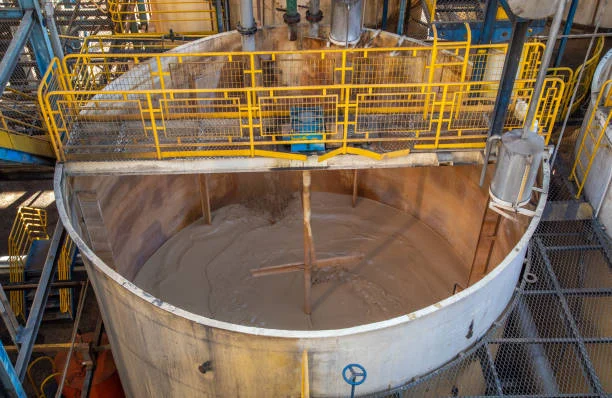
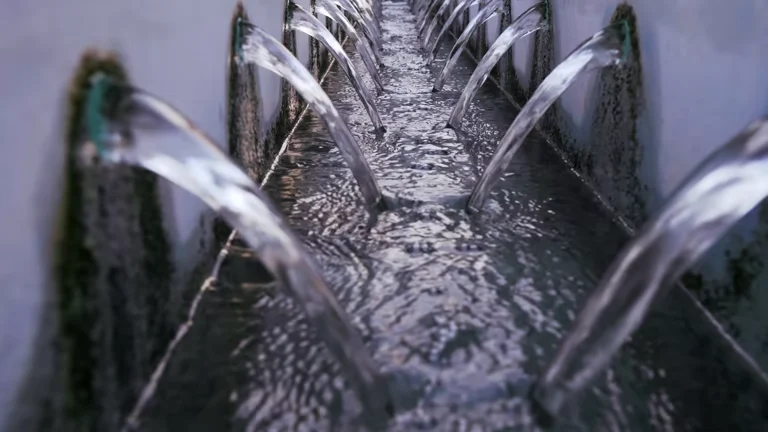


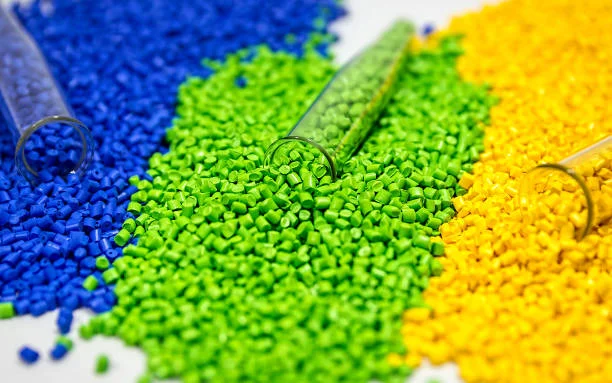

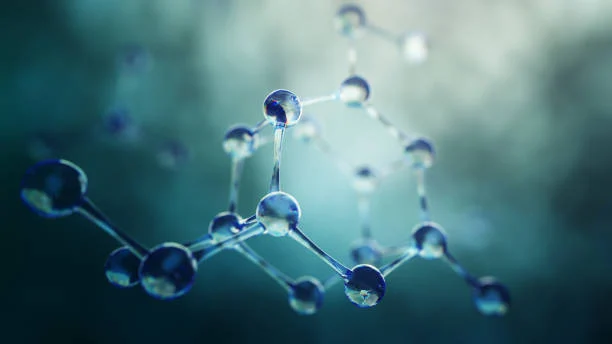


Online message consultation
Add comment: